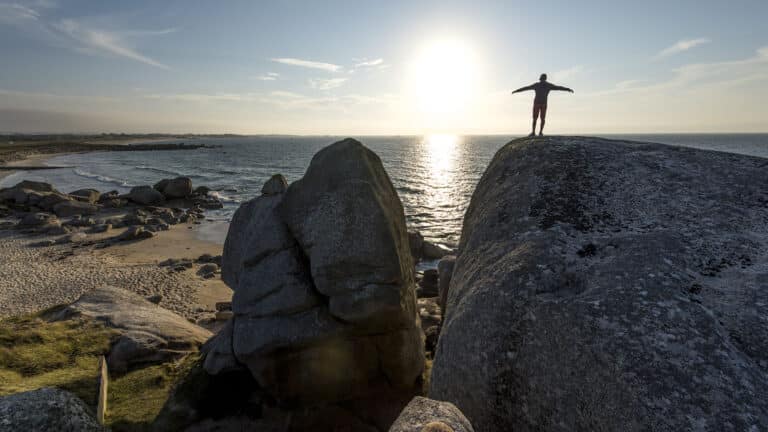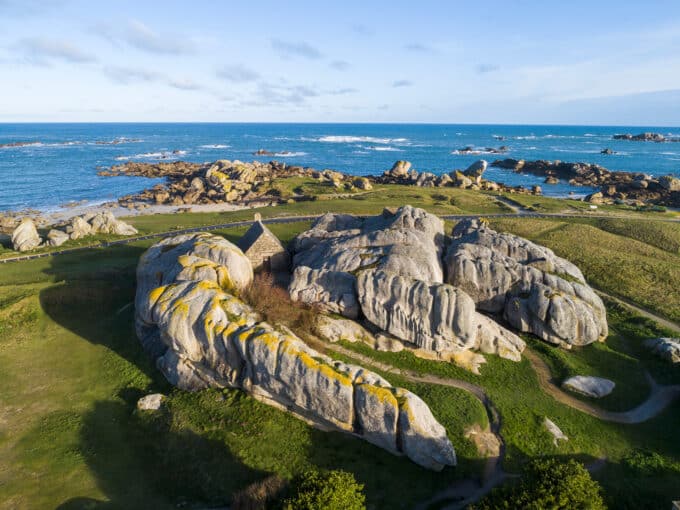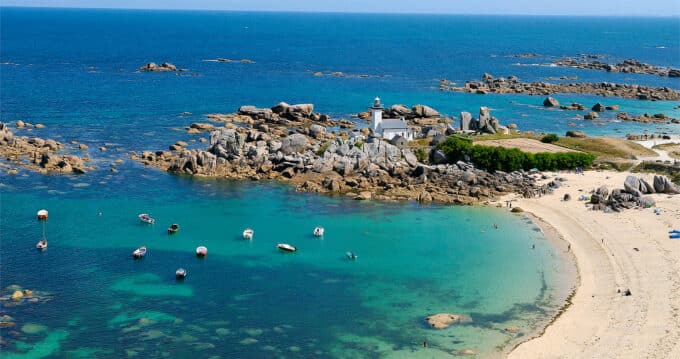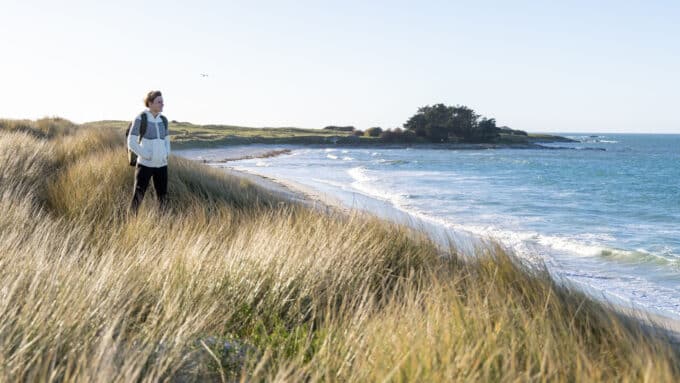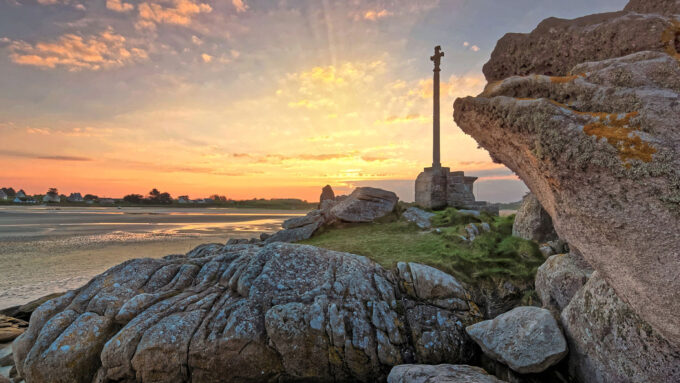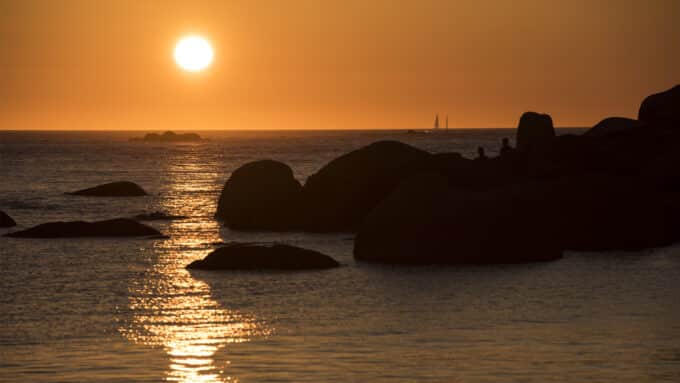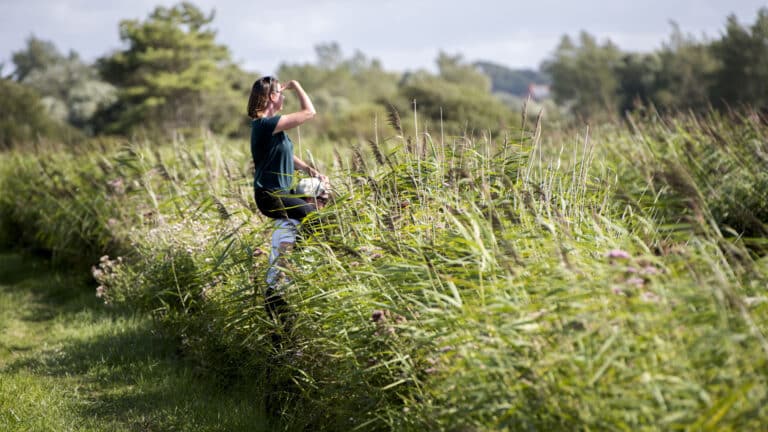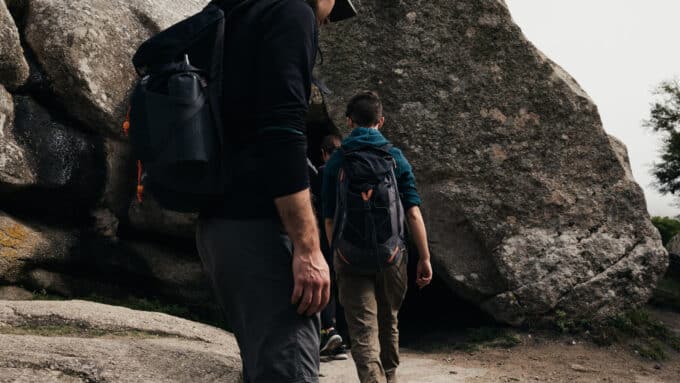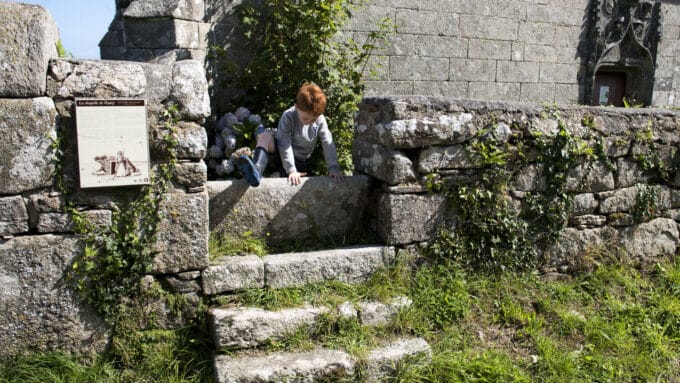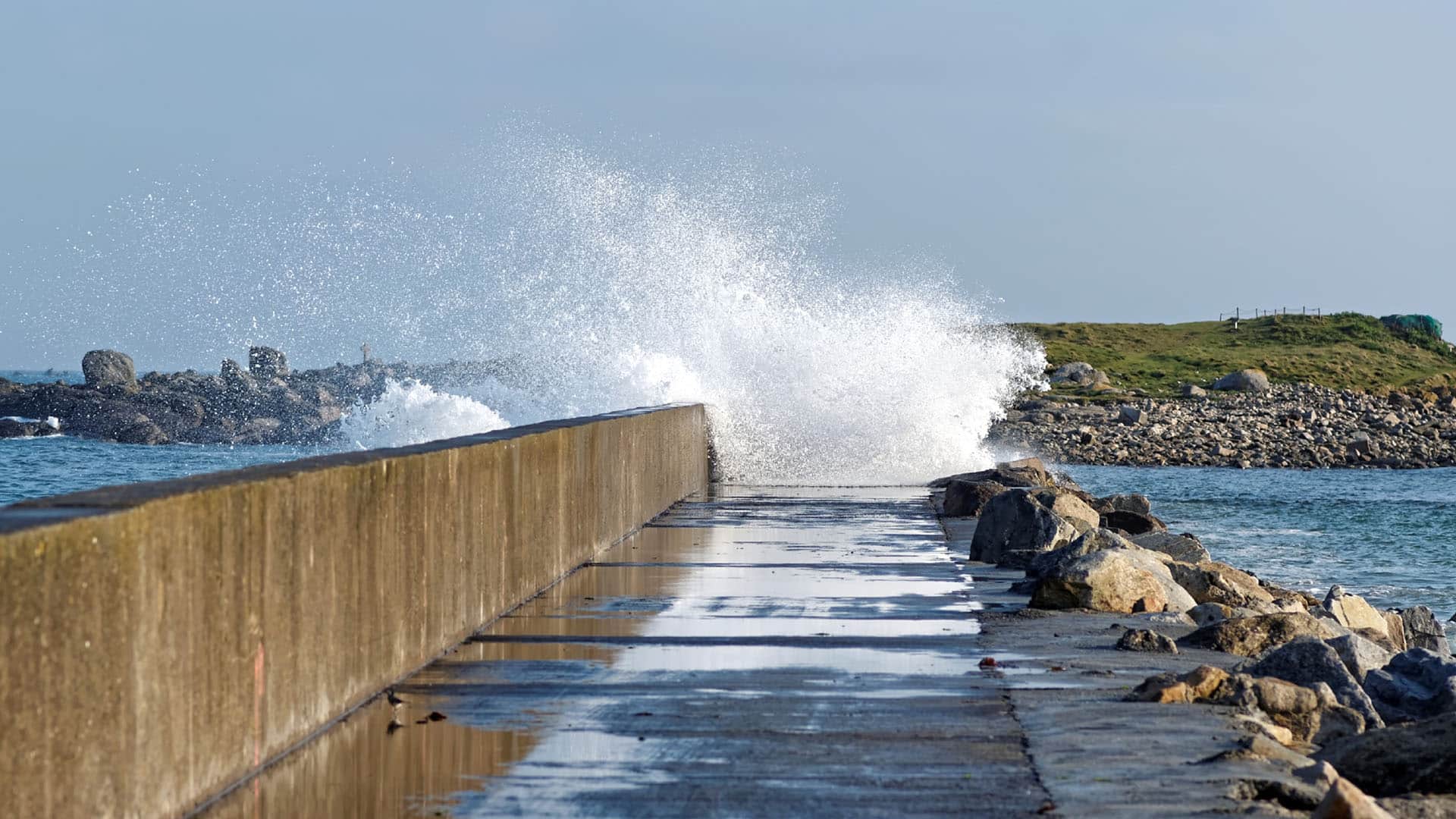Coefficients, high and low tides, we explain!
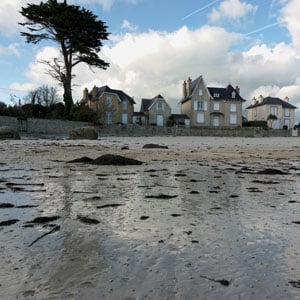
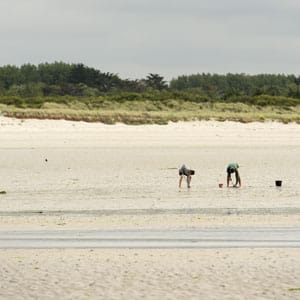
The secret of the tides
When you come to Brittany for the first time, you can quickly be overwhelmed: "It was there this morning!", people are often astonished to discover in the middle of the afternoon that the sea is no longer there. Don't panic, this sight is perfectly normal: it's just the tide coming in and out.
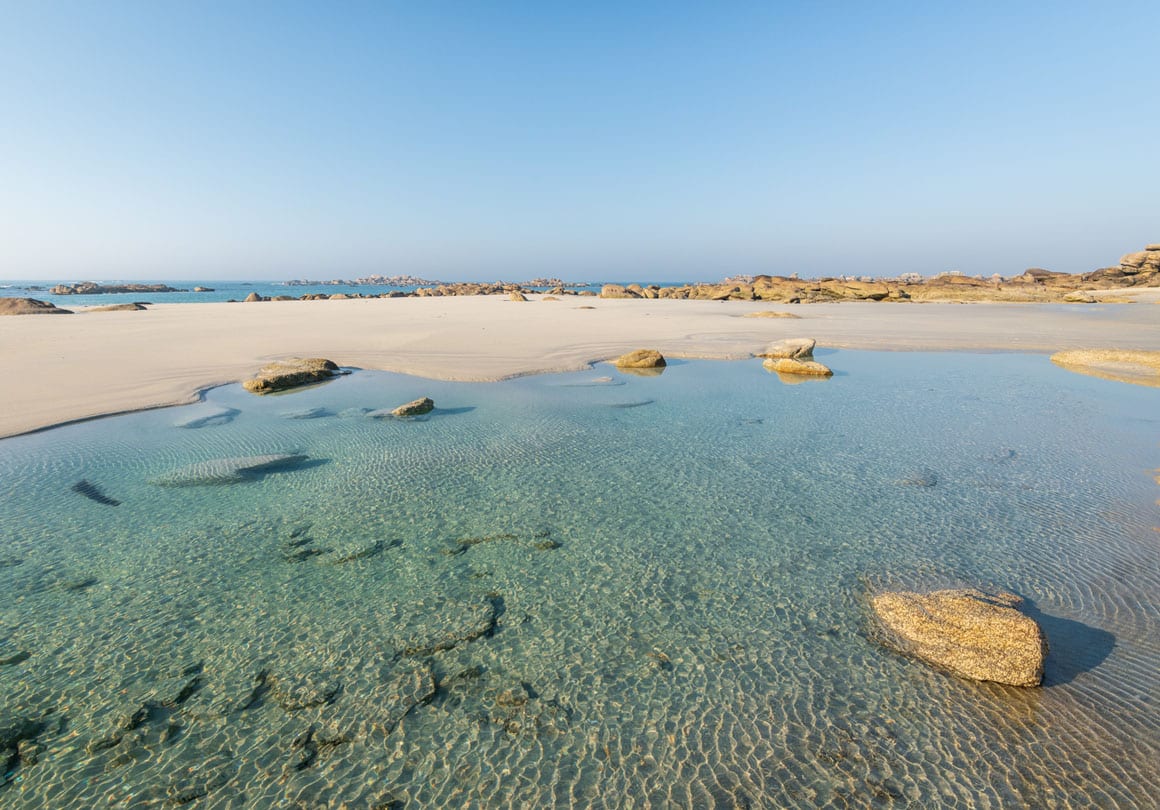
What are tides?
To make sure you don't get caught out by this phenomenon, we'll explain how it works.
Twice a day, you can witness this "high tide - low tide" cycle, each time offering a breathtaking panorama. In concrete terms, the sea rises for around 6 hours, then stagnates for a few minutes - known as "slack water" - before falling again for another 6 hours.
In the Côte des Légendes, the tides offer a diversity of landscapes! From Goulven Bay, with its immense expanse of sand, to Meneham, with its towering rocks, the whole coast never ceases to amaze, whether at high or low tide!
Did you know
Tides are the result of the constant back-and-forth movement caused by the Earth's rotation and the pull of the Moon and Sun on the mass of the seas and oceans.
High tides
To qualify a tide, the SHOM (Service Hydrographique et Océanographique de la Marine), based in Brest, determines the coefficient and times of each tide for the whole of France. The coefficient is calculated in relation to the amplitude of the tide - called the tidal range (a number between 20 and evolving up to 120).
But in concrete terms, what's the difference between a coefficient of 20 and 120? Here are a few marbles to give you an idea of the tidal scale:
- 20: exceptional dead water (the sea rises and falls very little)
- 45: medium dead water
- 70: medium tide
- 95: medium high water (the sea rises very high and falls very low)
- 120: exceptional living water
Above 90, these are high tides! They occur when the Moon and Sun align with the Earth, at the time of the full and new moons. The more these 3 stars are aligned, the more majestic the tides. The configuration of the Côte des Légendes makes this phenomenon even more impressive!
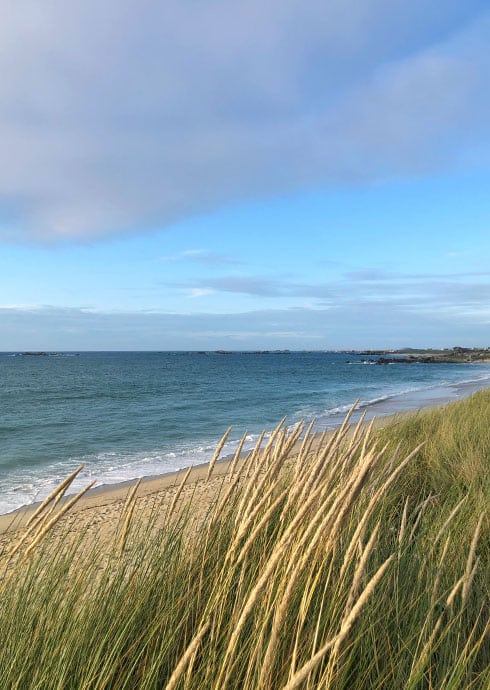
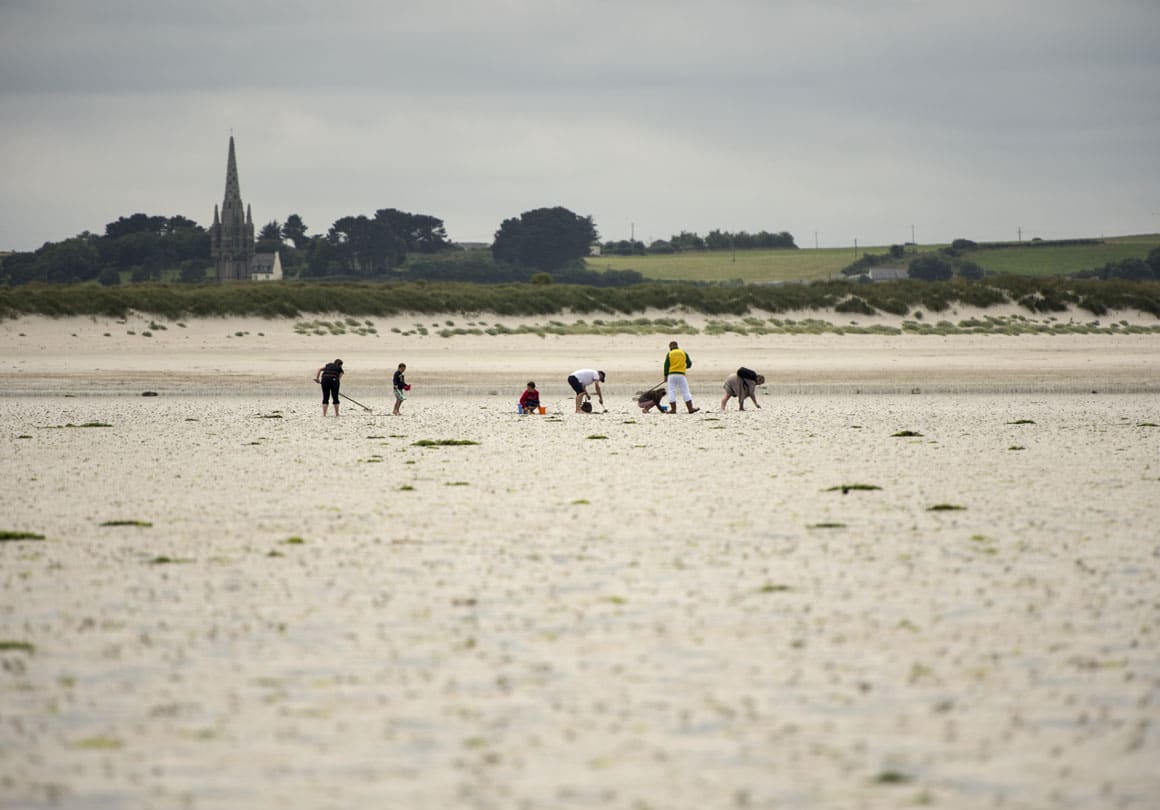
Fishing on foot
High tides mean great fishing! This time of year is ideal for conquering the foreshore - a vast expanse of sand, rock or even mud that is covered and uncovered between two tides - to discover the treasures left behind by the sea. Although fishing on foot is a free and unrestricted activity, it is still governed by rules that will ensure that this tradition continues for a long time to come.
The tide table
To avoid unpleasant surprises during high tides, whether for fishing or walking, we recommend that you check the tide times and plan to return at least 30 minutes before the tide begins to rise. In autumn and winter, make sure you're well equipped to brave the cold and wind!
